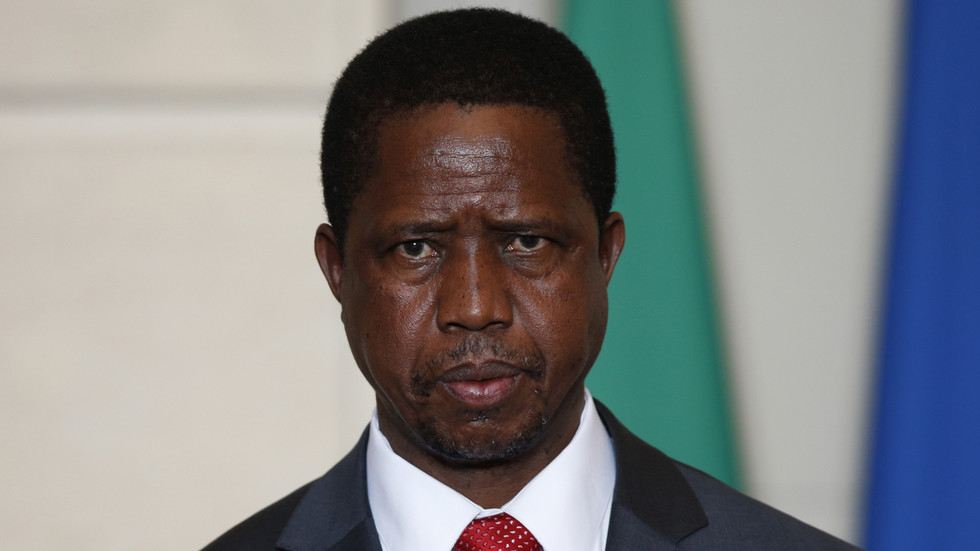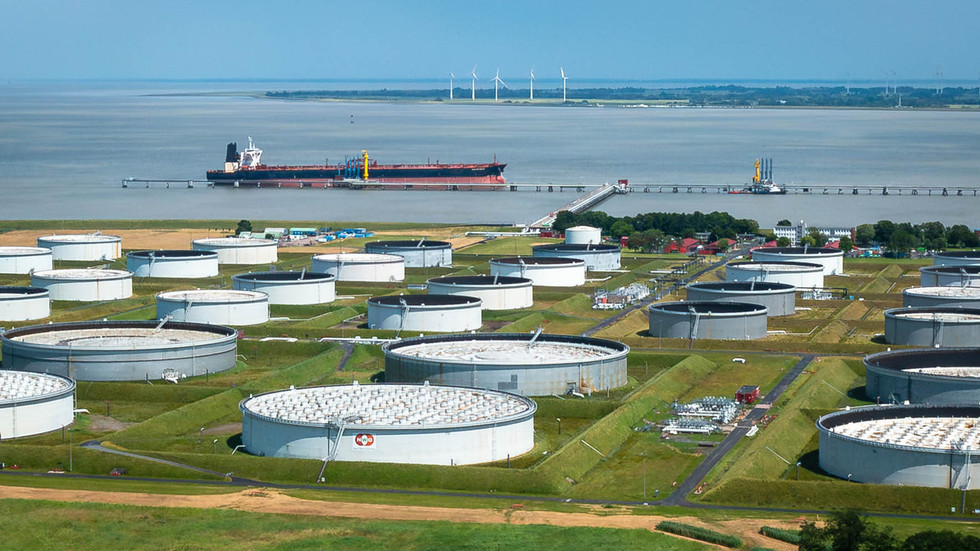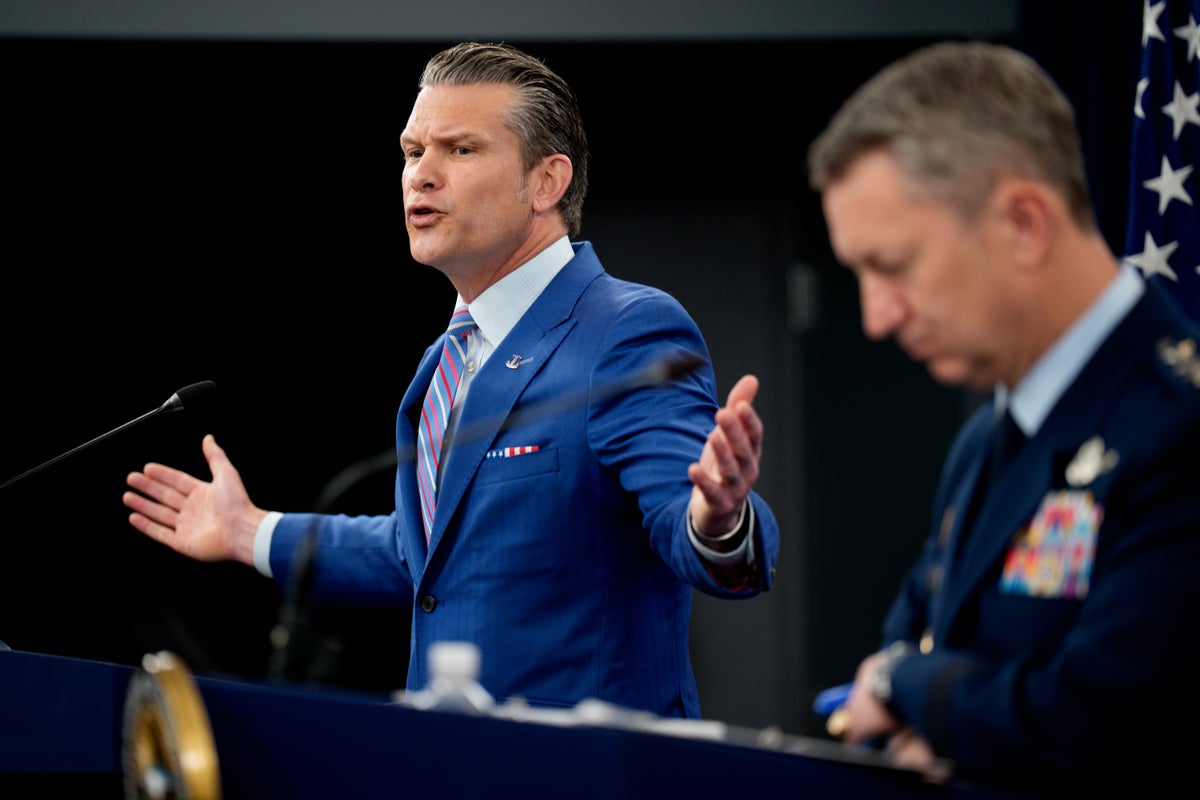Commuters experienced an extraordinary delay when their ferry journey across Sydney Harbour was unexpectedly halted by a pod of humpback whales.
Travellers watched from an idling boat this month as humpback whales the size of buses surfaced nearby, and the curious mammals seemed to be watching them back. While unusual for many, such encounters are not uncommon in Sydney during June and July.
The winter months herald the opening of the so-called humpback highway, a migratory corridor along Australia's east coast used by about 40,000 of the massive creatures as they travel from feeding grounds in the icy waters of Antarctica to tropical breeding areas off Queensland.
“It’s blubber to blubber,” said Dr. Vanessa Pirotta, a wildlife scientist at Macquarie University in Sydney and author of the book “Humpback Highway.”
During peak traffic periods, the bustling coastal city of 5.5 million people becomes one of the world’s few urban centres where you might see a breaching whale on your morning walk, while buying a coffee, or waiting at a bus stop – anyplace you can see the ocean.
Whales cruise close to shore
The reason humpbacks on the highway are so visible is due to their size – adults can be 16-17 meters (52-56 feet) in length, and weigh 40 tonnes – and their proximity to people.
On their 10,000km journey from icy to balmy waters, one of the world’s longest mammal migrations, the creatures stay close to shore.
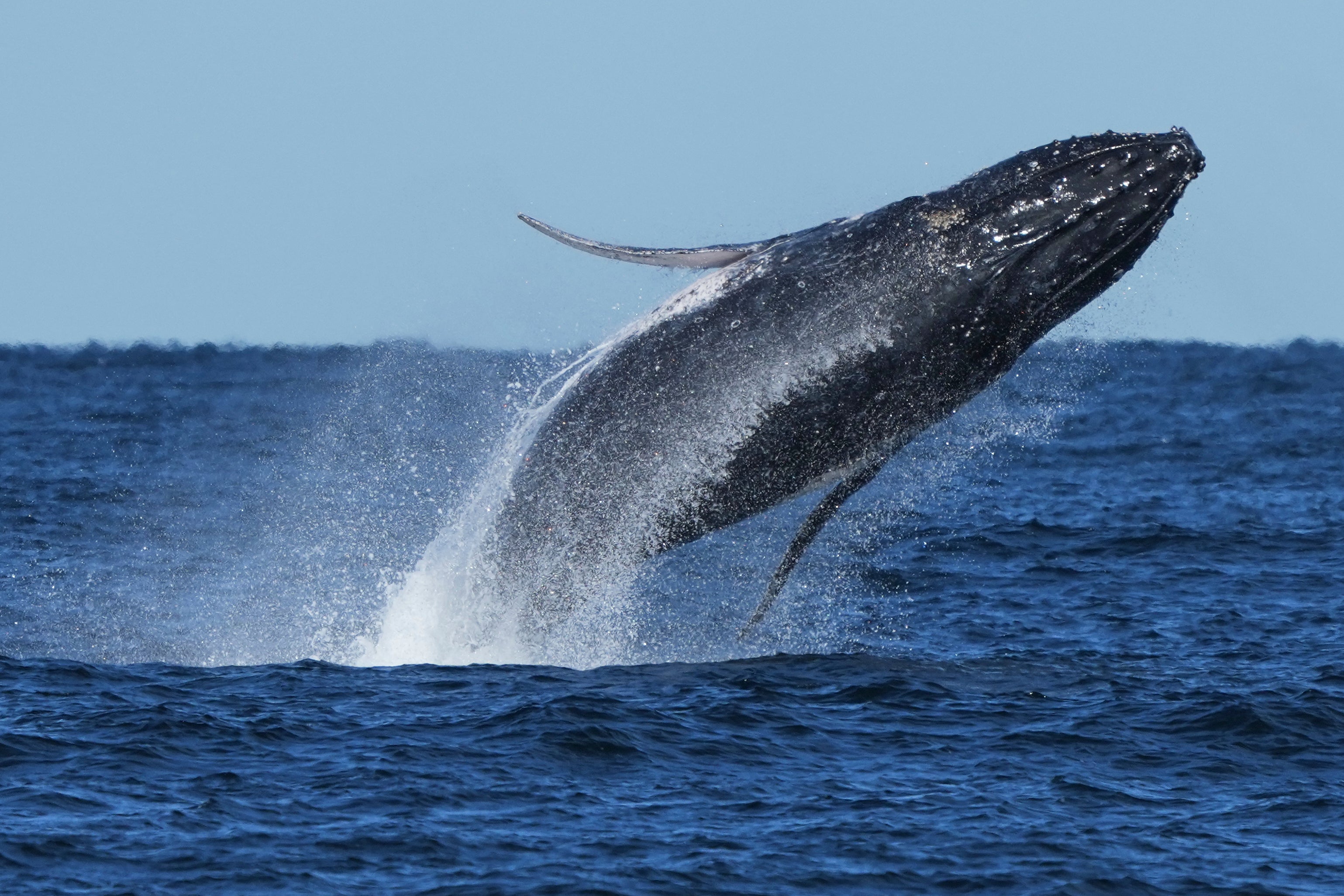
“They are incredibly curious,” said Pirotta. “There’s been times where there’s been whales in the harbour this year where they’ve literally halted traffic.”
Australians get so close to the creatures that some have attracted fans. Among them are Migaloo, an all-white humpback whose sightings spanned 1991 to 2020, and Blade Runner, named for her tussle with a boat propeller that created her long, distinctive scars.
Humpbacks go people-watching
On a recent morning, Ben Armstrong, a veteran skipper of a whale-watching boat in Port Stephens, a scenic harbour north of Sydney, slowed the engine as two humpbacks breached nearby.
He encouraged passengers to put down their phones and enjoy the spectacle. Armstrong keeps his tourist boat at distances mandated by Australia’s state laws, but inquisitive whales often go off-script.
Once, the skipper let his boat drift for an hour while four or five humpbacks treated the vessel “like a bath toy," playfully preventing it from moving forward or back.
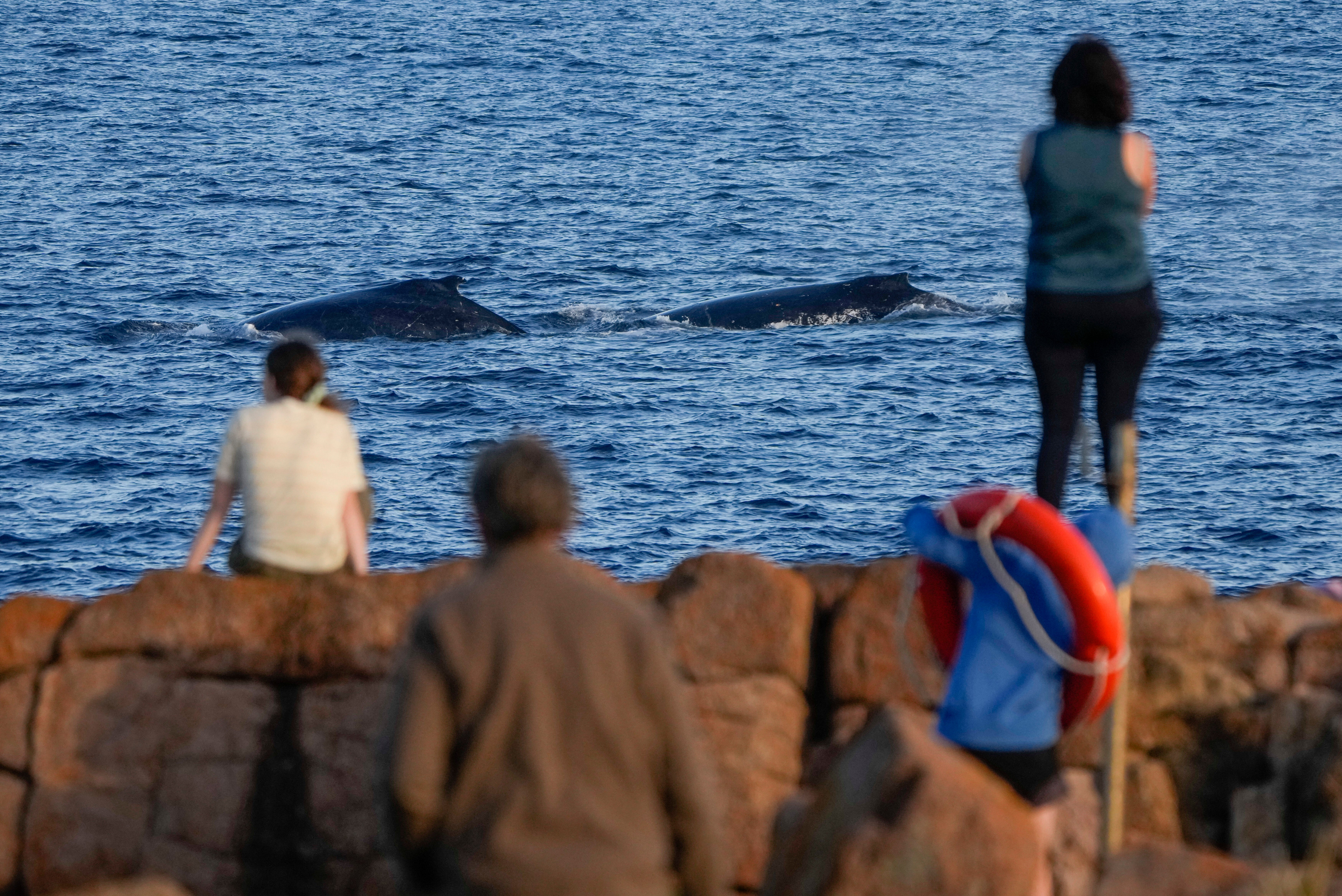
In another episode, a whale peeled away from its pod and rushed to the boat, “like a dog greeting its master at the gate,” he said.
It lounged for 40 minutes in the water, rubbing its massive fins against the vessel. “It was like, ’Oh, there’s that boat I really like,” said Armstrong.
Vincent Kelly, who travelled from Geelong, Victoria, to witness the migration, was a recent passenger. Over two hours, he watched half a dozen humpbacks perform breathtaking aerial manoeuvres.
“It was unbelievable to me,” Kelly said. “I didn’t expect to actually see a whale. But they were everywhere.”
The congestion marks a conservation comeback
The humpback gridlock marks a sharp reversal of fortune for the whales. They were once hunted for meat and oil, and numbers dwindled to a few hundred before humpbacks became a protected species in the Southern Hemisphere in 1963.
The humpback boom to about 40,000 since, has brought the creatures into more frequent contact with people than before. That means more entanglements with fishing nets or run-ins with watercraft.
Where and when they appear has become less predictable too, with whales in recent years giving birth to calves the size of small cars in unexpected places. Harvesting of krill, which humpbacks eat in bulk, and heating seas due to climate change could be altering their migratory patterns, Pirotta said.
The population is still growing steadily, amplifying concerns about how humans and giants of the sea can safely share the coastline. But it also puts millions of Australians a short walk and a little luck away from encountering one of the largest mammals on the planet.
“It grounds you, I think,” said Armstrong, the boat skipper. “It makes you realise there’s a lot more out there than what we think there is in nature.”

 5 hours ago
2
5 hours ago
2


